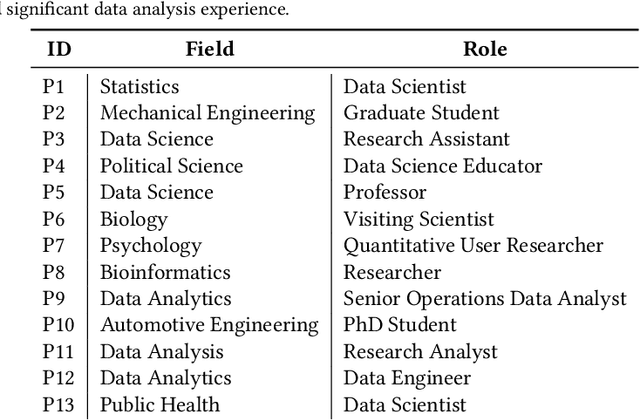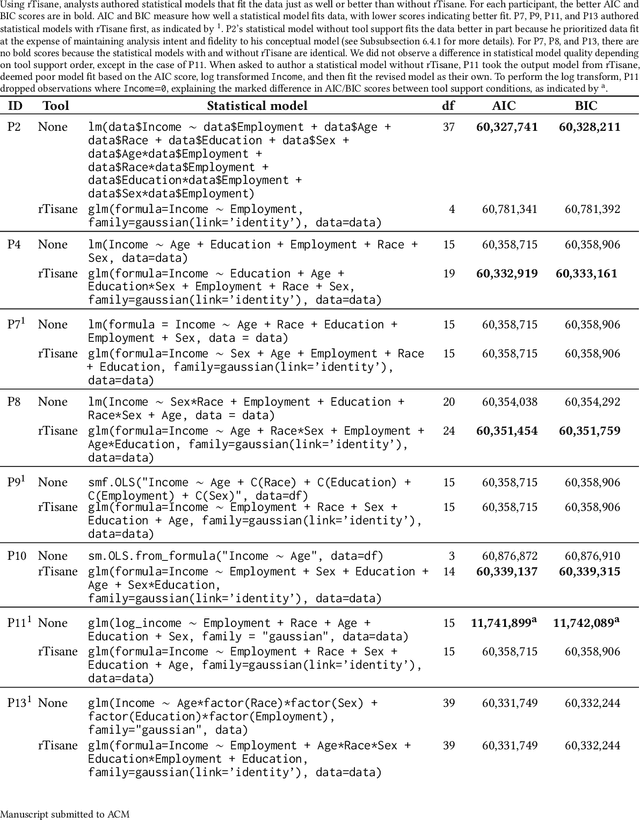Edward Misback
Magic Markup: Maintaining Document-External Markup with an LLM
Mar 06, 2024Abstract:Text documents, including programs, typically have human-readable semantic structure. Historically, programmatic access to these semantics has required explicit in-document tagging. Especially in systems where the text has an execution semantics, this means it is an opt-in feature that is hard to support properly. Today, language models offer a new method: metadata can be bound to entities in changing text using a model's human-like understanding of semantics, with no requirements on the document structure. This method expands the applications of document annotation, a fundamental operation in program writing, debugging, maintenance, and presentation. We contribute a system that employs an intelligent agent to re-tag modified programs, enabling rich annotations to automatically follow code as it evolves. We also contribute a formal problem definition, an empirical synthetic benchmark suite, and our benchmark generator. Our system achieves an accuracy of 90% on our benchmarks and can replace a document's tags in parallel at a rate of 5 seconds per tag. While there remains significant room for improvement, we find performance reliable enough to justify further exploration of applications.
rTisane: Externalizing conceptual models for data analysis increases engagement with domain knowledge and improves statistical model quality
Oct 25, 2023



Abstract:Statistical models should accurately reflect analysts' domain knowledge about variables and their relationships. While recent tools let analysts express these assumptions and use them to produce a resulting statistical model, it remains unclear what analysts want to express and how externalization impacts statistical model quality. This paper addresses these gaps. We first conduct an exploratory study of analysts using a domain-specific language (DSL) to express conceptual models. We observe a preference for detailing how variables relate and a desire to allow, and then later resolve, ambiguity in their conceptual models. We leverage these findings to develop rTisane, a DSL for expressing conceptual models augmented with an interactive disambiguation process. In a controlled evaluation, we find that rTisane's DSL helps analysts engage more deeply with and accurately externalize their assumptions. rTisane also leads to statistical models that match analysts' assumptions, maintain analysis intent, and better fit the data.
 Add to Chrome
Add to Chrome Add to Firefox
Add to Firefox Add to Edge
Add to Edge